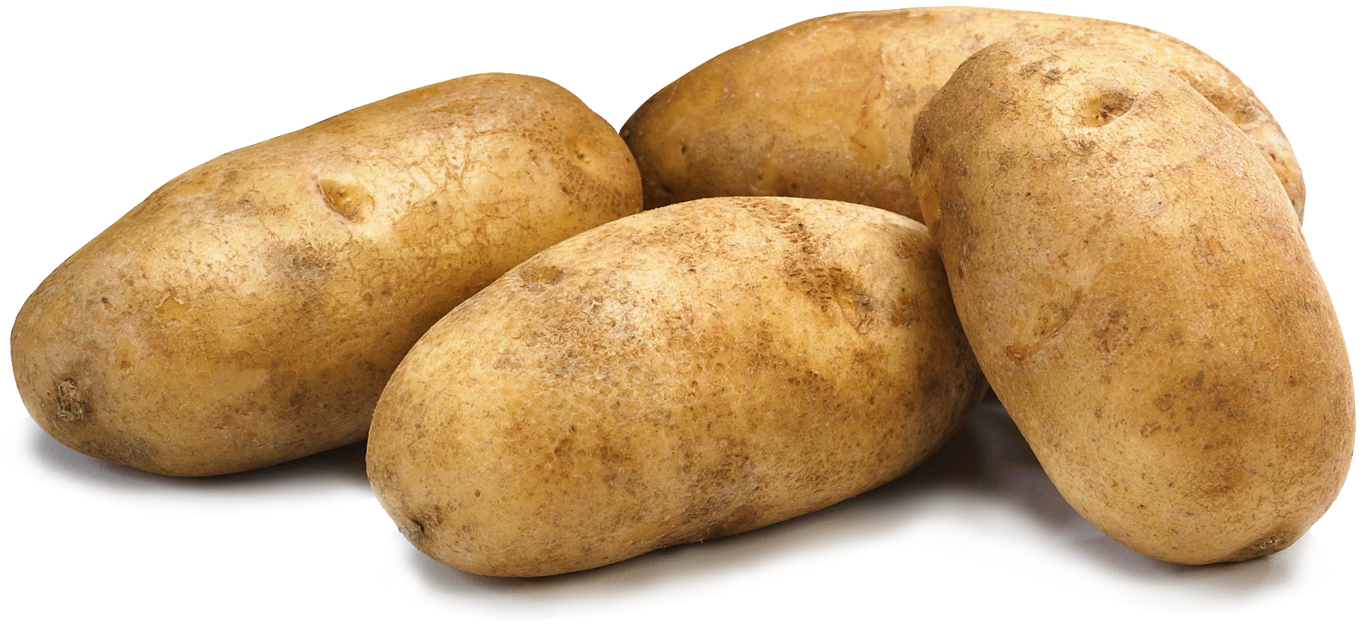I remember in elementary school they replaced the ice cream with “low fat” ice cream which had more sugar…
Good old war on fat. I was born in '87, and I feel like it was drilled into our heads that far was the enemy. Always some lobby out there twisting facts.
A single easy enemy is great for food manufacturers because they can sell the same hyperpalletable, calorie dense, nutrient deficient foods to you and act like they are serving you a slice of something healthier. This moving goalpost makes for an easy distraction that keeps us from putting the blame on those food manufacturers and from looking to the produce section as an alternative. Very few companies want to actually take in all the research and serve us truly healthy food because it isn’t as addictive and it isn’t as cheap to manufacture. Customers do care about their health, but it’s very easy to “healthwash” products, it’s also very easy to “ethicswash” and “greenwash” products through good marketing.
About damn time
The limit is 10% less than a lethal dose.
Uh oh I shouldnt have had seconds
You gotta keep em separated
All of this is designed to ensure that students have quality meals and that we meet parents’ expectations, […]
By the fall of 2027, added sugars in school meals would be limited to no more than 10% of the total calories per week for breakfasts and lunches, in addition to limites on sugar in specific products.
Either parents have no expectations at all, which isn’t unlikely, or these two points are mutually exclusive. 10% of calories from added sugar is still insane. For context, I track my diet, which is by no means healthy, and I get on average about 5% of my daily calories from sugar - including both added sugar and natural sugar.
In america it’s an improvement. There are a lot of sane countries when it comes to sugar and the IS is not one.
The weasel word is ‘added’ sugar. If you sweeten something with naturally occurring sugars it doesn’t count.
If you add sugars, even natural ones, to an item, those are added sugars.
I don’t think that’s what it means. Apples are sweet. You can make applesauce out of it without adding any sugar (no matter what kind of sugar) and it’s still pretty sweet. Throw some ripe strawberries or something in and it’s got more sweetness, but still no added sugars, just another food that happens to have naturally-occurring sugars within. You can then add more sugar (even if it was extracted from a plant with naturally-occurring sugars) to make it sweeter yet, and THAT’S where the added sugars come into play.
10% of calories per week, if you average 5% daily, you actually exceed the new rule at ~25%/week (5 day week)
That is not how percentages work my friend, unless they count in very strange ways.
I’m not a mathetist, but I don’t think this adds up
Ah, the correct term is mathetarian
That’s not how percentages work.
If I eat 5g sugar and 95g of something else each day, just for easy math, it comes out at 25g sugar vs 475g other stuff. That’s 5% daily and still 5% within 5 days.
kEtChUp iS a VeGeTAbLe!!!
Its a fruit silly. That leaves extra room for real vegetables like potatoes and fries and chips
I listen to an Australian podcast and they talked about how sweet our bread is. Apparently, there’s a ton of sugar in it that we’re / I’m just used to. Dunno if that’s in the 12 grain bread that I buy. Maybe it’s only white bread? I haven’t checked the label.
Most American bread has sugar added to it, even the ‘healthy’ stuff.
When I was trying to switch to healthier breads, I tried a Pepperidge Farm bread once. It was so sweet, it was like eating brioche, but it was marketed as just normal standard bread. Absolutely disgusting. I don’t buy that brand anymore at all.
Not sure why Pepperidge Farm struck you as the healthy brand. Only real way to know is to check the nutrition label and ingredients yourself.
I’ve started buying sub rolls from a local bakery to make sandwiches. Recently I didn’t have any, so I used store-bought sliced bread.
They’re right. The bread is so soft and sweet it was like eating a ham sandwich made with two slices of cake.
Australian bread is very different to US bread. Aussie bread (especially white bread) almost always has no added sugar, and it’s usually light and fluffy, not dense like some US bread. Even the cheapest supermarket brand bread in Australia is better than a lot of the expensive breads in the US.
As an Aussie living in the USA, it’s been hard to find good bread here. I get sourdough these days, which is good enough.
Surprisingly, one of the better white breads I’ve tried is from Walmart. It’s in their bakery, labeled as “English toasting bread”. Bread labeled as “Italian bread” is often decent, too.
The best bread is from bakeries of course, but they’re not as widespread as in Australia where we have bakeries everywhere.
Jessica’s Brick oven. Tuscan Pane is my favorite. You’ll never look back.
So check the label
Still pizza and burgers though, right?
Every little bit helps. Also nothing wrong with burgers other than the bun, and even that’s good for you if you just finished a workout.
No more than 50 grams of added sugar per serving.
*suggested serving size of 50g
Wtf, 50 grams is a lot…
Nonsense. In my weight pumping routine I regularly curl in excess of 150 grams of pure iron.









